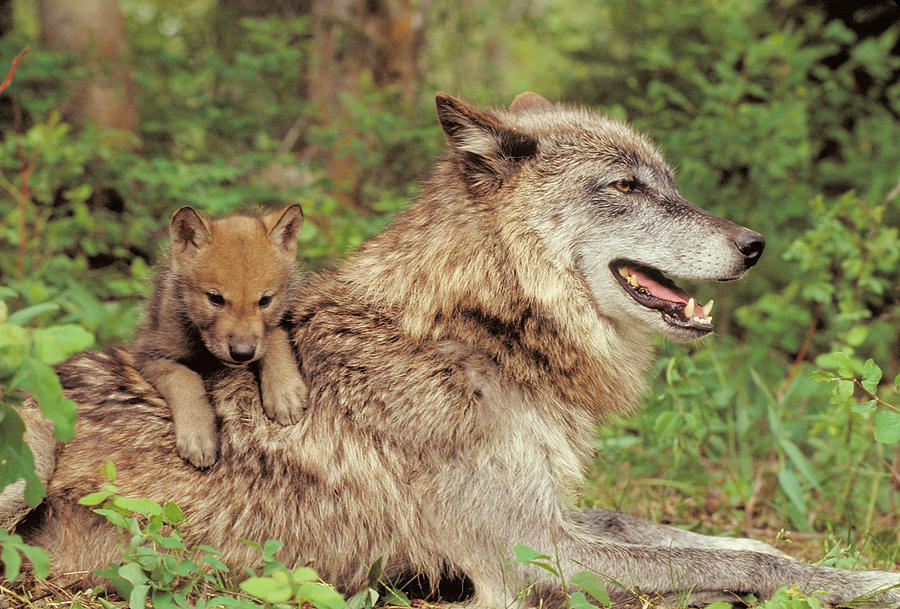
The outlook for recovery is unknown and will probably stay an issue of concern for landowners, environmental groups, and courts (Animal Legal and Historical Center, 2020). Gray wolves are definitely in a better position today than they were 50 years ago, with their numbers increasing from a few hundred to a few thousand (Animal Legal and Historical Center, 2020). According to David Bernhardt, Acting Secretary, U.S. Department of the Interior, wolves no longer meet the specifications to be considered endangered or threatened, and their populations are thriving more than they have in several decades (US Fish and Wildlife Service). The states Oregon, Washington, Montana, Wyoming, and Idaho have established management and protocols for the sustained health of Gray Wolves. Wyoming, Idaho, and Montana, were required by the FWS to have a wolf management plan before delisting to ensure they were not exterminated once they were no longer under the ESA (Animal Legal and Historical Center, 2020). If we were to introduce more gray wolves to states they were plentiful in, such as Oregon and Washington, then maybe we could have some hope for gray wolf populations in the future (Animal Legal and Historical Center, 2020). Also by adapting recovery and management plans that are successful like the Wolf Advisory Group (WAG) in Washington, we could implement these strategies into states with less successful recovery plans.
